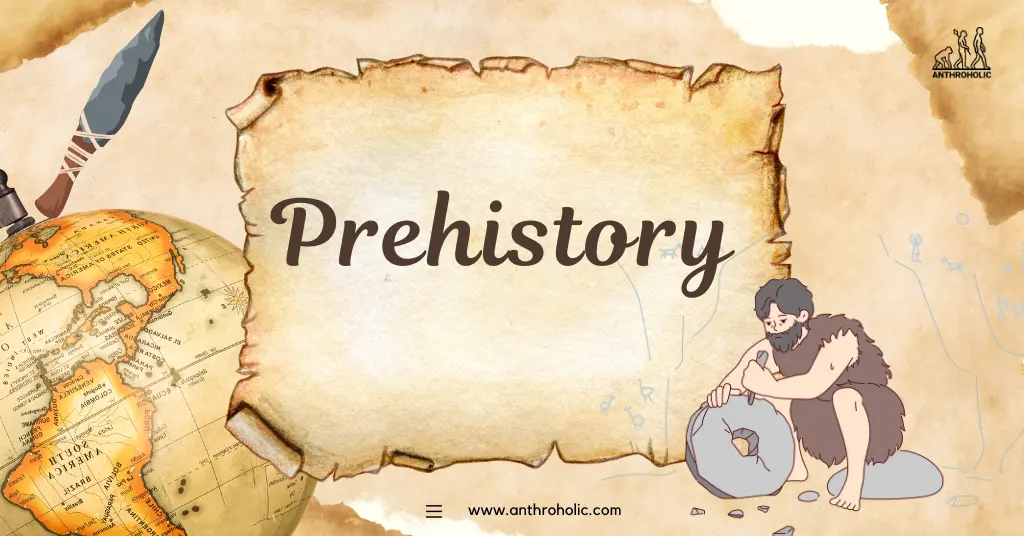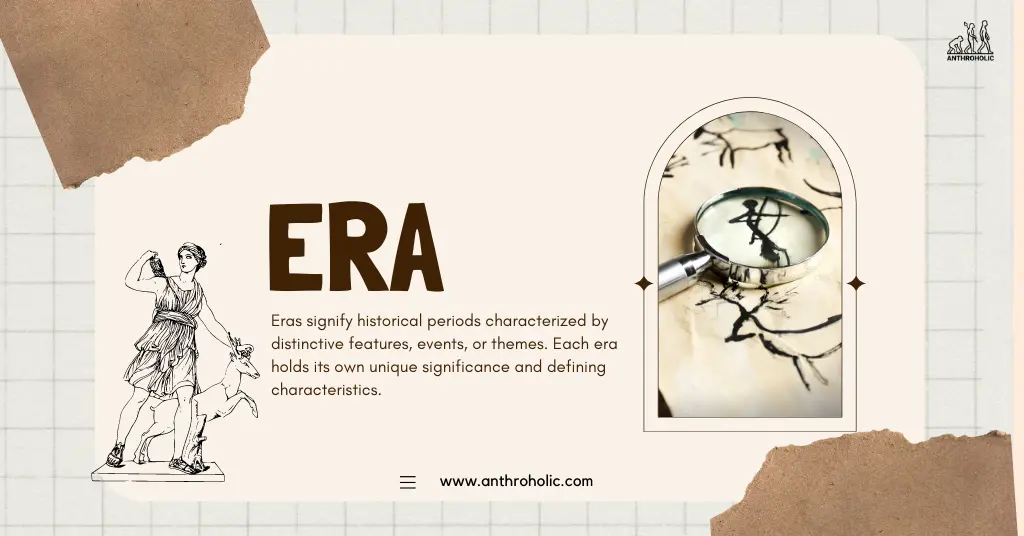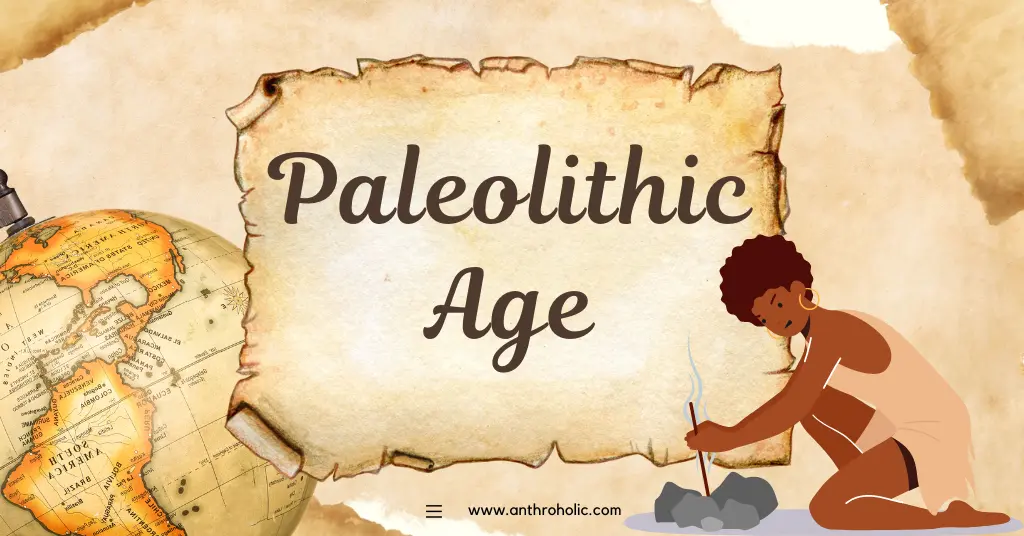AI Answer Evaluation Platform Live Now. Try Free Answer Evaluation Now

Precambrian Era
The Precambrian Era, covering approximately 88% of Earth's history, is an epoch marked by the formation of the planet, the rise of single-celled life forms, and the development of complex multi-cellular organisms.










